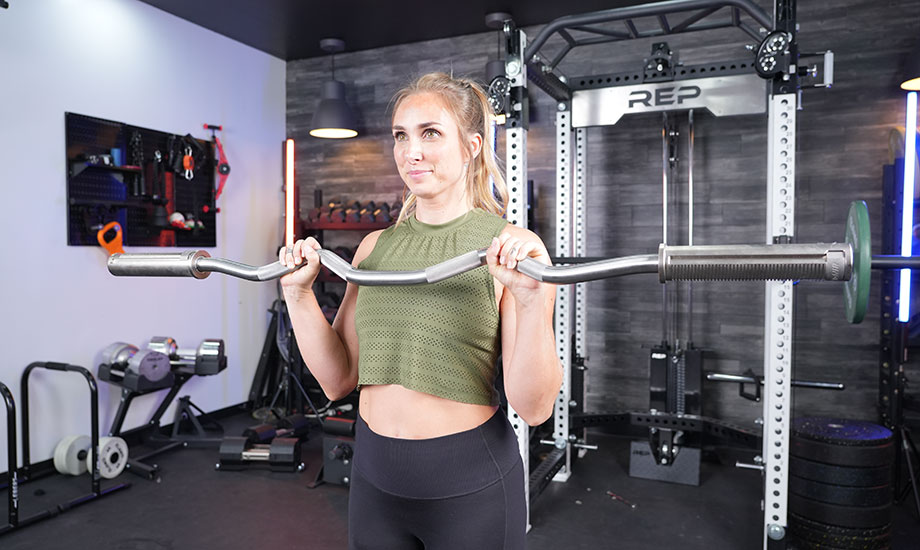We test and review fitness products based on an independent, multi-point methodology. If you use our links to purchase something, we may earn a commission. Read our disclosures.
You can’t do much better than the tried-and-true biceps curl when it comes to pure activation in the biceps brachii, but performing them in every single arm workout really gets old fast. There’s gotta be a better way. Well, there is. Turn that frown upside-down, fit fam, and turn that grip upside-down, too!
The reverse curl is a biceps curl variation that swaps out your standard supinated grip for an overhand grip. This positioning offers the same major activation in your biceps brachii while increasing activation in surrounding muscles like the brachialis and brachioradialis. The result? Greater strength gains, improved grip strength, and, of course, bigger biceps.
RELATED: Dumbbell Curl Variations
Caine Wilkes, OLY, USAW-L1, and GGR senior staff writer, provides tips for doing reverse curls with proper form, variations, alternatives, benefits, and more. Check it out below!
How To Do Reverse Curls
The reverse curl features a starting position and movement pattern nearly identical to the standard barbell curl, with the distinction being the difference in the grip. You may do reverse curls using free weights, resistance bands, or even a cable machine. Additionally, you may choose to perform this biceps exercise standing or seated.
RELATED: Cable Biceps Workout
How to do it:
- Stand holding a loaded barbell in front of your body with a pronated grip.
- Flex your elbows to curl the bar up and toward your chest and shoulders.
- Squeeze your biceps at the top, then slowly lower the weight back down to the starting position.
- Repeat for reps.
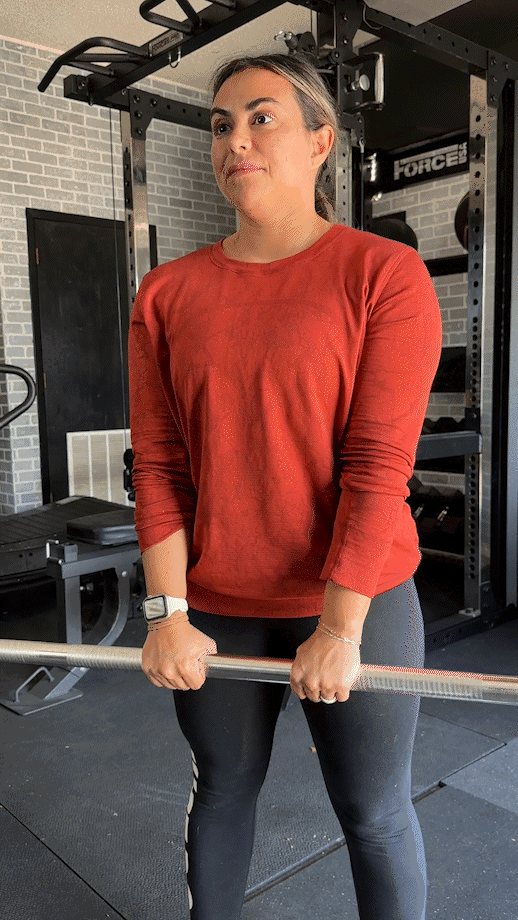
Modifications
- Dial it back: Using a reverse grip makes the standard biceps curl much harder, especially on the forearm muscles, so beginners may consider working with lighter weights and a supinated grip before working up to reverse biceps curls.
- Make it harder: Going heavier is always an option, but you can up the ante in other ways. Swap out reverse curls for close-grip pull-ups or Zottman curls, or perform a 21s workout to intensify the effect on your biceps and stimulate hypertrophy.
How To Do Reverse Curls At Home
You can do reverse curls with all sorts of equipment, so you can get your reps in whether you’re working out at a super high-end commercial gym or your own barebones garage gym. Straight barbells, EZ-curl bars, dumbbells, kettlebells, resistance bands, cable machines—the list goes on.
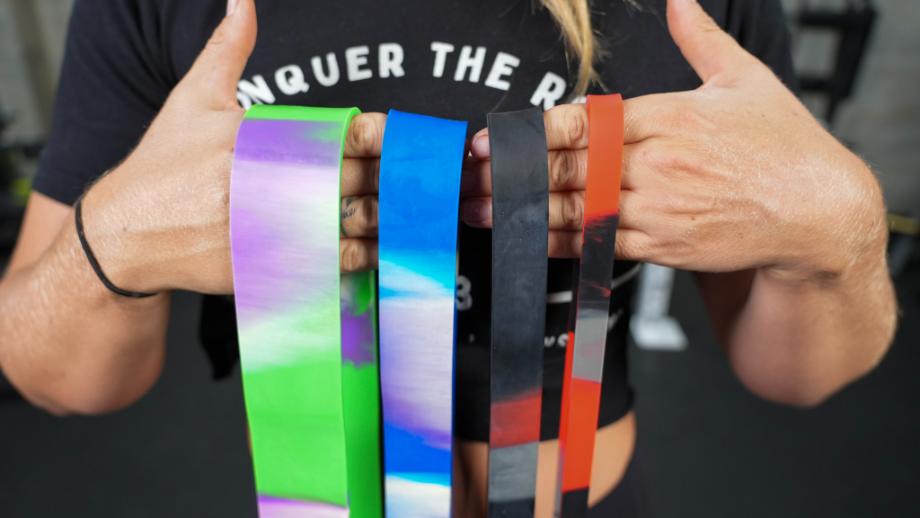
You’re definitely not restricted to traditional workout equipment, either. Lifting a heavy jug of laundry detergent, a gallon jug of water, or a loaded laundry basket will work just as well. As long as you’re using an overhand grip, you’ll hit the target muscles all the same.
Reverse Curl Variations
Dumbbell Reverse Curl
Using a pair of dumbbells instead of a barbell makes sure each arm bears the full brunt of the exercise so you can help correct muscular imbalances and strength deficits. Dumbbell reverse curls also enable a fuller range of motion.
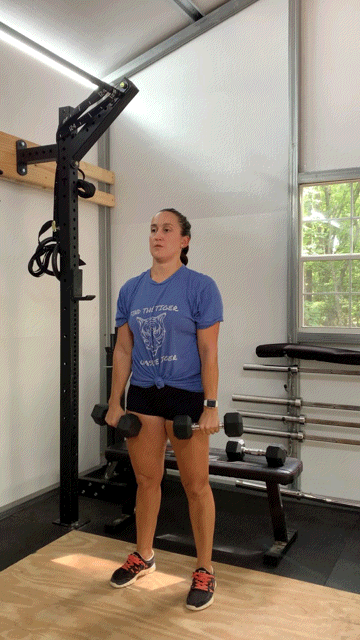
Kettlebell Reverse Curl
Using kettlebells instead of dumbbells offers the same benefits; however, the weight distribution makes the movement even more challenging by recruiting more stabilizer muscles for more work per rep.
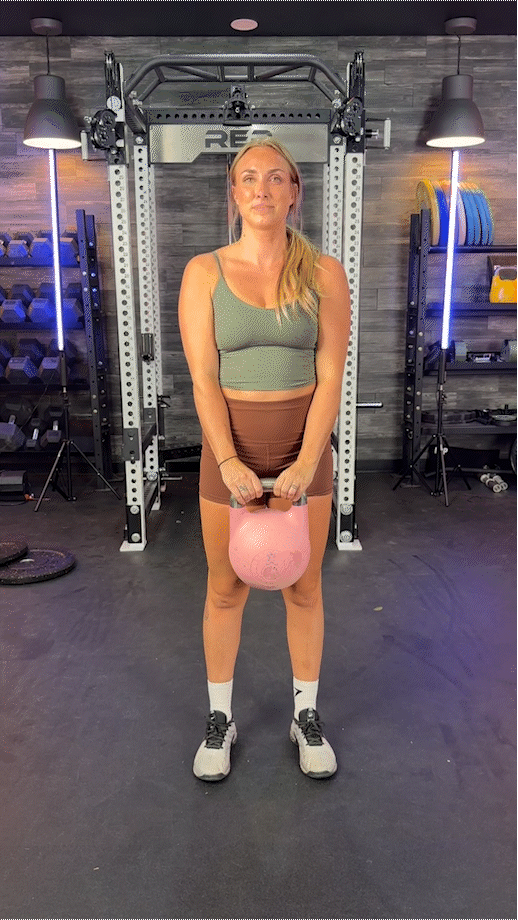
Reverse Cable Curl
A study performed by the American Council on Exercise1 found that the cable curl was one of the best biceps exercises of all time. So, doing the reverse curl with a cable machine provides that same high level of activation for massive gains.
RELATED: Best Cable Machine For Your Home Gym
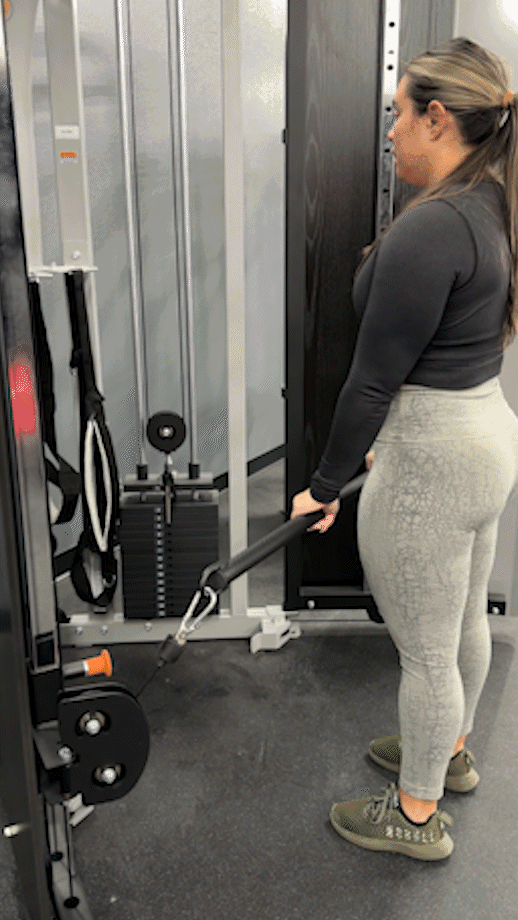
Reverse Curl Alternatives
The standard biceps curl and reverse curl exercises are great, but you’ll need more if you want to program a comprehensive arm workout. So, here are a few more upper body and arm exercises to help you build muscle and get a good pump on!
Hammer Curl
Why do it: “Hammer curls involve the same movement pattern as a standard biceps curl or reverse curl, but with a neutral grip,” says Caine Wilkes, OLY, USAW-L1. “This positioning offers more stability to your wrist and elbow joints and often allows the lifter to work with heavier weights.”
How to do it:
- Stand with your feet shoulder-width apart and two dumbbells held with a neutral grip.
- Flex your elbows to curl the dumbbells toward your shoulders.
- Squeeze your biceps at the top, then slowly return to the starting position.
- Repeat for reps.
RELATED: Hammer Curl Vs Biceps Curl
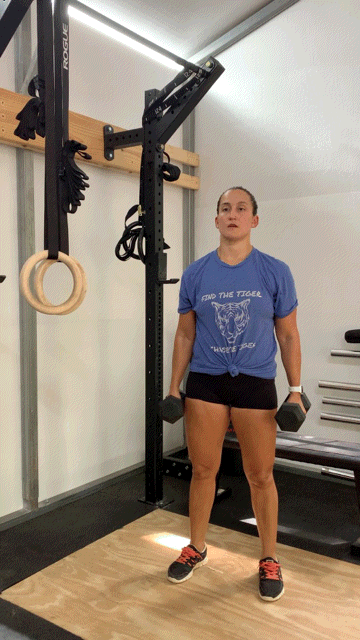
Wide-Grip Bent-Over Barbell Row
Why do it: The wide-grip bent-over barbell row as a reverse curl alternative is a double-edged sword. On one hand, using a wider grip during rowing exercises decreases activation in the biceps brachii, according to the Journal of Strength and Conditioning Research2; on the other hand, you get significantly more activation in your forearm muscles, contributing to some huge increases in grip strength.
How to do it:
- Stand over a loaded barbell with your feet shoulder-width apart.
- Hinge forward, grip the bar with a wide overhand grip, and deadlift it off the floor.
- Tilt your torso forward, keeping your back straight and your arms fully extended.
- Row the barbell toward your stomach, pinching your shoulder blades at the top.
- Squeeze the contraction, then slowly lower the weight back down.
- Repeat for reps.
RELATED: Bent-Over Row Variations
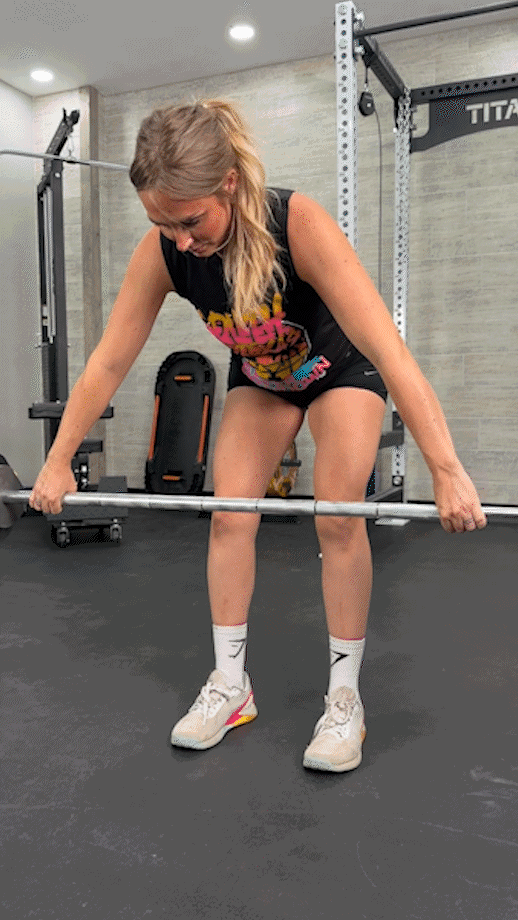
Pull-Up
Why do it: Pull-ups and chin-ups are among the best bodyweight biceps exercises you can do, targeting muscles like your back, chest, triceps, and (of course) biceps in one succinct movement. They can also help improve your lifting strength, grip strength, and muscle size.
How to do it:
- Grab onto a pull-up bar using an overhand grip and enter a dead hang.
- Engage your lats and bend your elbows to pull your body toward the bar.
- Continue until your chin passes over the bar.
- Squeeze the contraction, then lower yourself back down with control.
- Repeat for reps.
RELATED: Chin-Up Vs. Pull-Up

Zottman Curl
Why do it: Why do standard and reverse curls when you can do one curl variation that offers the best of both worlds? The Zottman curl involves twisting from a reverse grip to a supinated grip as you move, hitting your biceps, forearm flexors, and forearm extensors.
How to do it:
- Stand holding a pair of the best dumbbells with your palms facing forward.
- Engage your biceps and flex your elbows to curl the dumbbells toward your shoulders.
- Squeeze your biceps at the top, then rotate your forearms so your palms now face away from you.
- Lower your dumbbells back down to the starting position with control.
- Rotate your forearms so your palms face forward again.
- Repeat for reps.
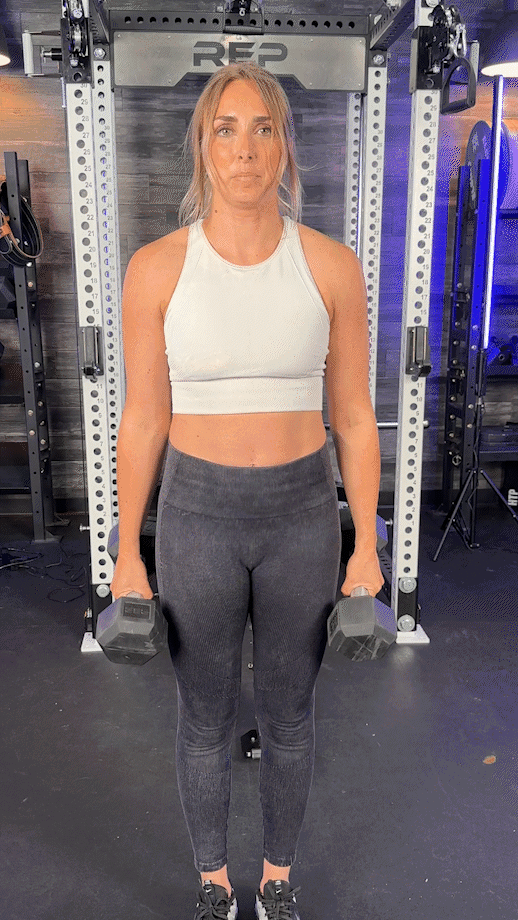
Preacher Curl
Why do it: “Biceps curls require keeping your elbow stationary, which gets tough once you’re working with heavy weights,” says Caine. “The preacher curl solves the problem by providing a place for your upper arm and elbow to rest, so you rely solely on elbow flexion and the strength of your biceps to do the movement.”
How to do it:
- Adjust a preacher pad so that your upper arms and chest can rest against it.
- Load a barbell or EZ-curl bar to your desired weight.
- Grip the bar using an underhand grip, keeping your elbows fully extended, then sit down and lay your arms flat on the preacher pad.
- Flex your elbows to curl the bar toward your shoulders, keeping your upper arms and elbows in place.
- Continue until your elbows are fully flexed, squeezing your biceps at the top.
- Slowly return the bar to the starting position.
- Repeat for reps.
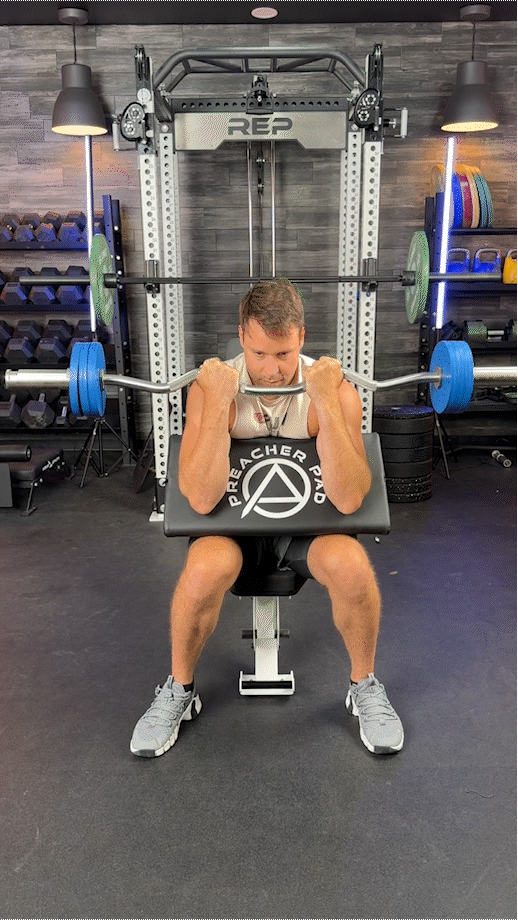
Benefits of Reverse Curls
The standard biceps curl, reverse curl, and other curl variations generally target the same muscle groups, so what makes the reverse curl so beneficial?
May Increase Your Grip Strength and Shoulder Stability
The primary muscle used during the standard biceps curl exercise is the biceps brachii, but the exercise also hits the brachialis and brachioradialis muscles to some degree. These forearm muscles are largely responsible for your grip strength.
According to Sports (Basel)3, the reverse curl—due to its pronated grip—works these vital muscle groups to build greater grip strength. The reverse grip also increases activation in your anterior deltoid, helping stabilize your shoulder joint.
RELATED: 10 Best Grip Strength Exercises
Provides Training Diversity
The standard biceps curl is one of the few isolation exercises that target the biceps brachii, so we highly recommend that your arm workouts include some form of biceps curls if you want to build bigger biceps. That said, you may find yourself getting mind-numbingly bored doing the same old biceps curl exercise for every workout.
The reverse curl offers some variety to help you stave off training boredom, but that’s not all. According to PLoS One4, “varying exercise selection [has] a positive effect on enhancing motivation to train” but also “[elicits] similar improvements in muscular adaptations,” which may equal greater gains.
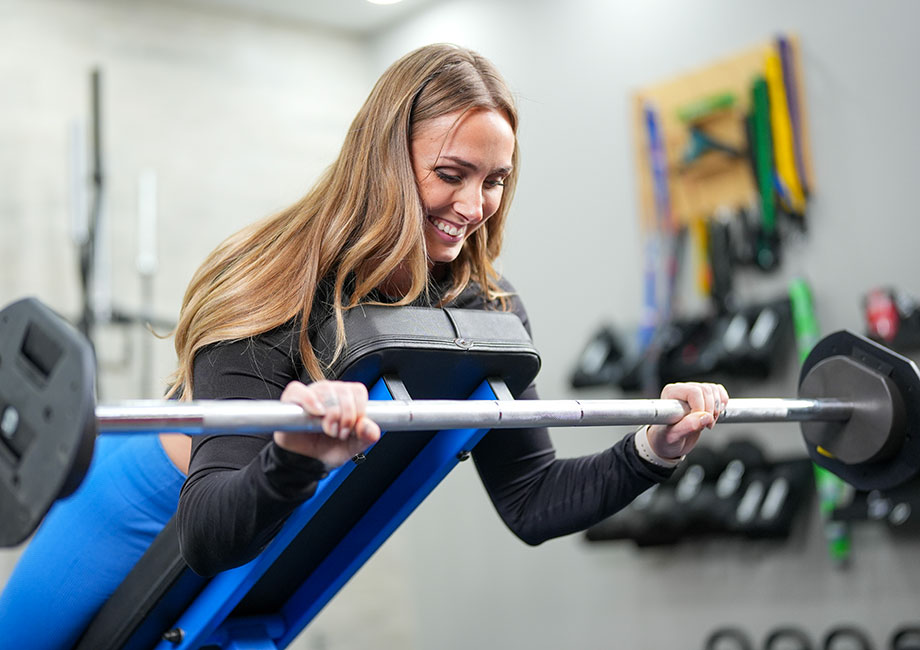
Another study in the Journal of Strength and Conditioning Research5 confirmed these findings, indicating that systematically switching things up with new exercise variations “seems to enhance regional hypertrophic adaptations and maximize dynamic strength.”
So, working curl variations like the reverse curl into your programming may improve motivation and increase strength and hypertrophy gains, too. Win-win!
May Strengthen Your Wrist Joint
Proper reverse curl form involves maintaining a strong, stable, neutral wrist positioning, meaning you must activate your wrist extensors from start to finish. So, similar to how wrist curls work the smaller muscles that support your wrist, the reverse biceps curl does the same and, over time, may contribute to stronger, more stable wrists.
More wrist mobility and stability is great for navigating your everyday life with minimal risk of injury, but it also translates to better weightlifting performance in the gym, which, in turn, fuels sizable gains all around.
Common Reverse Curl Mistakes
It doesn’t matter if you’re blasting out barbell reverse curls, doing them with dumbbells, or cranking out reps with kettlebells; your results will leave something to be desired if you don’t do the exercise with proper form. Here are a few common mistakes to avoid.
Using Too Much Momentum
The tricky thing about using momentum for reverse curls (and most curl variations, for that matter) is that you may not realize you’re doing it, especially when you’re standing.
“The reverse curl is all about flexing your elbows to curl the weight toward your shoulders,” says Caine Wilkes, OLY, USAW-L1, “but, as fatigue sets in, you tend to get a little extra help from your hips or upper-body muscles. This takes the emphasis off the target muscle groups and hurts your results.”
To prevent body English from diminishing your gains, keep your elbows stationary throughout the entire movement. You want to use elbow flexion to move the weight, and that’s it!
Improper Wrist Positioning
Using a reverse grip places more strain on the wrist, which ultimately may contribute to greater wrist strength and stability. Improper wrist positioning, however, may hamper these gains and, instead, increase your risk of injury.
“Holding the weights with an overhand grip will pull your wrists forward into a flexed position, which results in stress on the joint and may cause or contribute to an injury,” says Caine. “You have to fight against this pull and maintain strong, rigid, neutral wrists.”
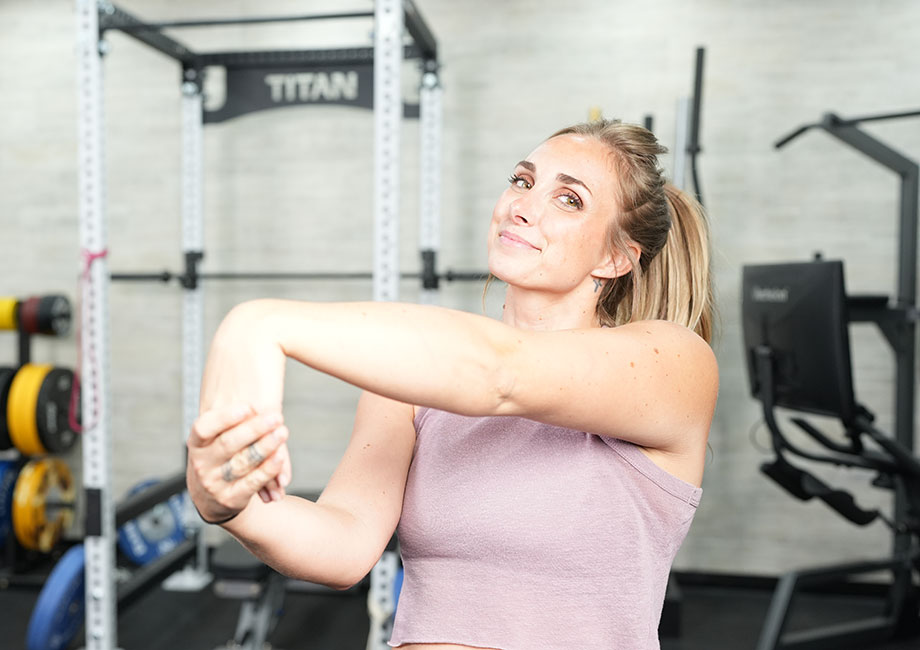
Start with lighter weights and progress gradually to give yourself your best chance at maintaining the proper neutral wrist positioning.
RELATED: Best Wrist Wraps
Lifting With Poor Posture
It doesn’t matter if you’re doing bar reverse curls, upright rows, deadlifts, or some other standing exercise; you must lift with good posture to maximize movement efficiency, generate power, and keep your risk of injury low.
“Holding a heavy barbell in front of your body may pull you forward and cause you to round your back or shoulders forward unintentionally,” says Caine, “this is inefficient and may be the reason why you get hurt in the gym.”
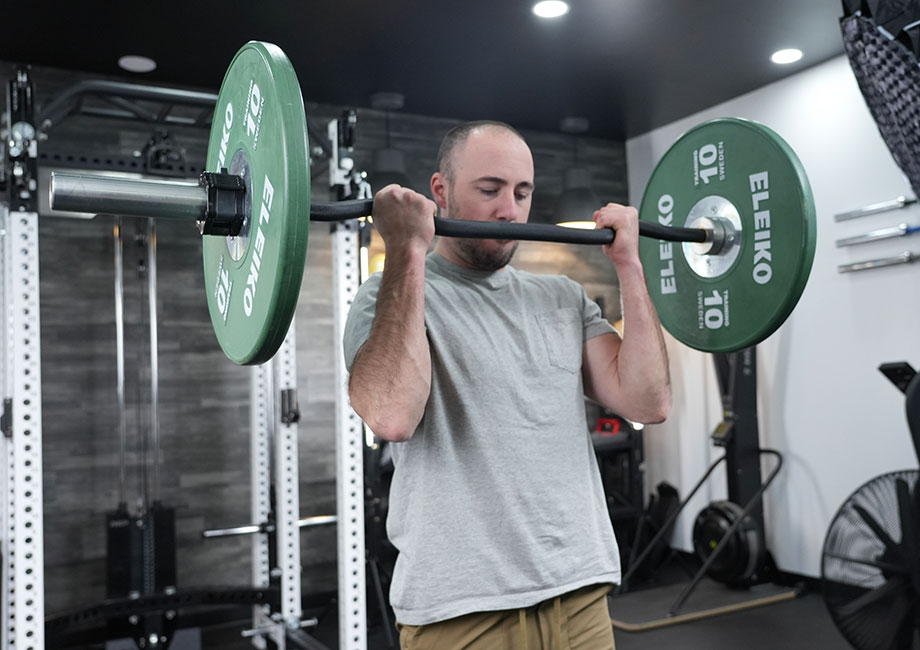
Before you do a single rep, check in with your form. Here’s a quick rundown of what you want:
- Neutral neck
- Eyes tracking forward
- Tall chest
- Straight back
- Shoulders down and back
- Core braced
- Elbows tucked into your torso
- Wrists neutral and strong
- Knees slightly bent
- Feet shoulder-width apart
Working out in front of a mirror may help you spot problems with your form, but you can’t beat the convenience of having a certified personal trainer supervising. Consider working with one if you’re having trouble with your form.
RELATED: Best Online Personal Trainers
Muscles Worked by Reverse Curls
The reverse curl is a single-joint movement categorized as an isolation exercise, but that doesn’t mean that only one muscle or muscle group gets activated. The primary muscles involved in the reverse curl include:
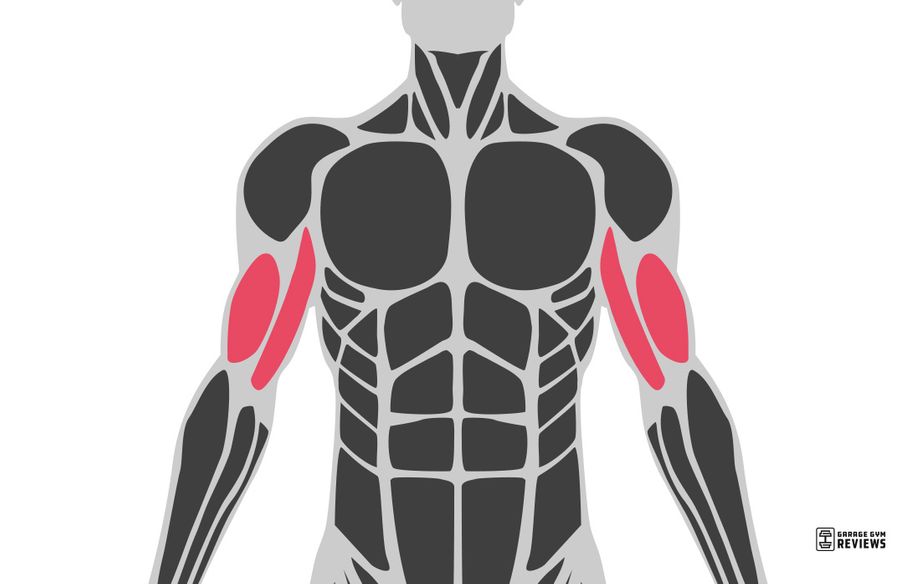
- Biceps brachii: The main objective of biceps curls and curl variations is to hit this major muscle of the upper arm, which assists with elbow flexion and shoulder stabilization. While the biceps are functional, most lifters like working them for aesthetics.
- Brachialis: The brachialis sits beneath the biceps brachii and is the actual primary mover involved in elbow flexion, making it arguably more integral to the movement.
- Brachioradialis: The brachioradialis muscle, a forearm muscle that greatly assists with your grip, receives a ton of activation during the reverse curl due to the wrist positioning.
- Core: If you’re performing your reverse curls standing, you’ll need to brace your core to maintain a rigid, upright posture.
Reverse Curls: Final Thoughts
The reverse-grip biceps curl is a highly-effective biceps curl variation that may:
- Help build bigger biceps
- Improve your grip strength
- Enhance your shoulder, elbow, and wrist stability
- Keep your arm workouts fresh and varied
So, don’t stick to the same standard curl every week; switch things up and work the reverse curl into your next training session!
Reverse Curls: FAQs
Are reverse curls or hammer curls better?
The reverse curl and hammer curl are both viable options for garden-variety strength and hypertrophy gains, but each has its own specialized purpose.
The reverse curl, for example, provides superior activation to the brachioradialis muscle, which results in greater forearm activation and, in turn, more grip strength.
On the other hand, the hammer curl targets the brachialis with more intensity, which contributes to stronger elbow flexion, allows you to lift heavier weights when you curl, and, as a result, may provide superior strength and hypertrophy gains.
For the best biceps results, use both reverse curls and hammer curls in your strength training.
Are reverse curls better with dumbbells?
Not necessarily. Dumbbells often offer a fuller range of motion and the ability to correct muscle imbalances, but they’re more difficult to scale up since they require more stabilization than barbells.
Both have their perks, but which is best depends on your current fitness level and personal fitness goals.
RELATED: Barbells Vs. Dumbbells
Do reverse curls build forearms?
Absolutely. Because reverse curls heavily target the brachioradialis muscle, they’re among the best exercises for forearms. Performing reverse curls regularly should contribute to stronger, thicker forearms and more grip strength, too.
RELATED: Ultimate Forearm Workouts
References
- Young, M.S., S., Porcari, Ph.D., J. P., Camic, Ph.D., C., Kovacs, Ph.D., A.; Foster, Ph.D., C. Ace Study Reveals Best Biceps Exercises. ACE. ProSource™: August 2014
- McAllister MJ, Schilling BK, Hammond KG, Weiss LW, Farney TM. Effect of grip width on electromyographic activity during the upright row. J Strength Cond Res. 2013;27(1):181-187. doi:10.1519/JSC.0b013e31824f23ad
- Coratella G, Tornatore G, Longo S, et al. Biceps Brachii and Brachioradialis Excitation in Biceps Curl Exercise: Different Handgrips, Different Synergy. Sports (Basel). 2023;11(3):64. Published 2023 Mar 9. doi:10.3390/sports11030064
- Baz-Valle E, Schoenfeld BJ, Torres-Unda J, Santos-Concejero J, Balsalobre-Fernández C. The effects of exercise variation in muscle thickness, maximal strength and motivation in resistance trained men. PLoS One. 2019;14(12):e0226989. Published 2019 Dec 27. doi:10.1371/journal.pone.0226989
- Kassiano W, Nunes JP, Costa B, Ribeiro AS, Schoenfeld BJ, Cyrino ES. Does Varying Resistance Exercises Promote Superior Muscle Hypertrophy and Strength Gains? A Systematic Review. J Strength Cond Res. 2022;36(6):1753-1762. doi:10.1519/JSC.0000000000004258
Further reading
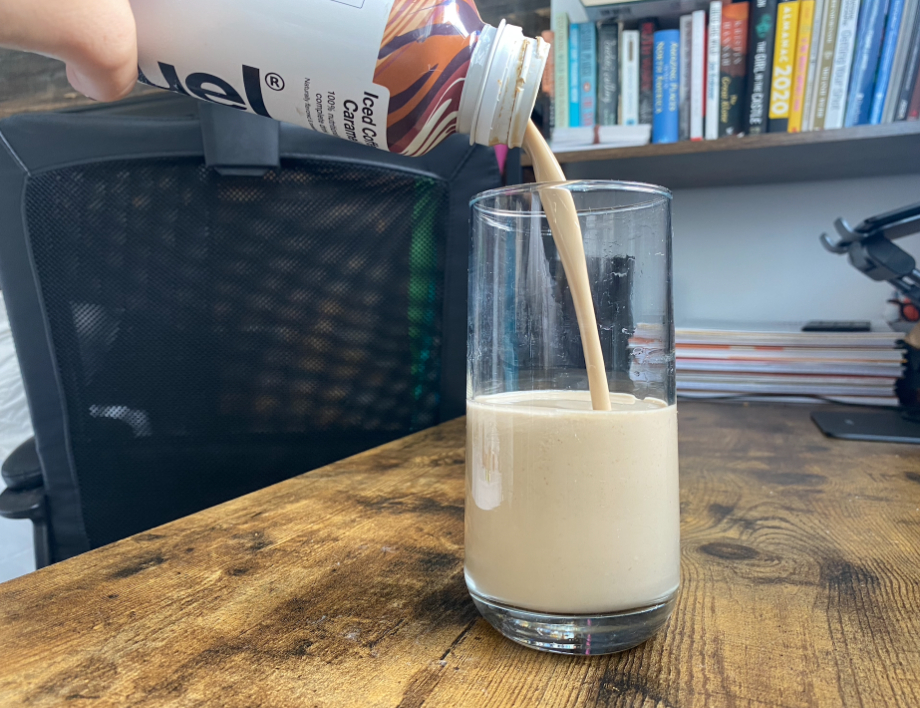
Eating protein after a workout could help you achieve certain fitness goals. Learn more about the benefits, recommended amount, and timing of protein intake. Read more

Starting a home gym on a budget may seem impossible, but it's not. Not even close. We've compiled 10 of our most important tips that we've given out over the years on how to build a home gym on the cheap. Time to get started! Read more

You can’t do much better than the tried-and-true biceps curl when it comes to pure activation in the biceps brachii, but performing them in every single arm workout really gets old fast. There’s gotta be a better way. Well, there is. Turn that frown upside-down, fit fam, and turn that grip upside-down, too!The reverse curl is a biceps curl variation that swaps out your standard supinated grip for an overhand grip. » Read more about: Reverse Curls: Flip Your Grip To Build Bigger Biceps » Read more

What is the FITT Principle? It could be the missing ingredient to your workout regimen. Read more

